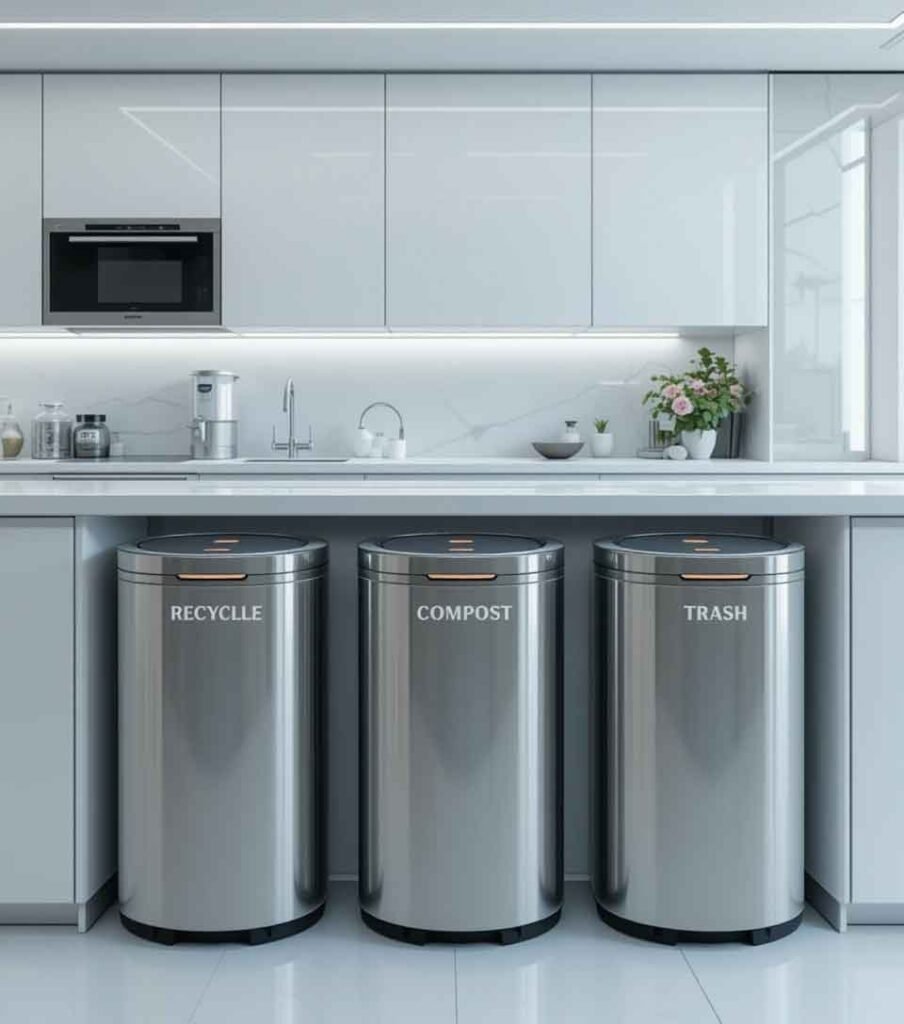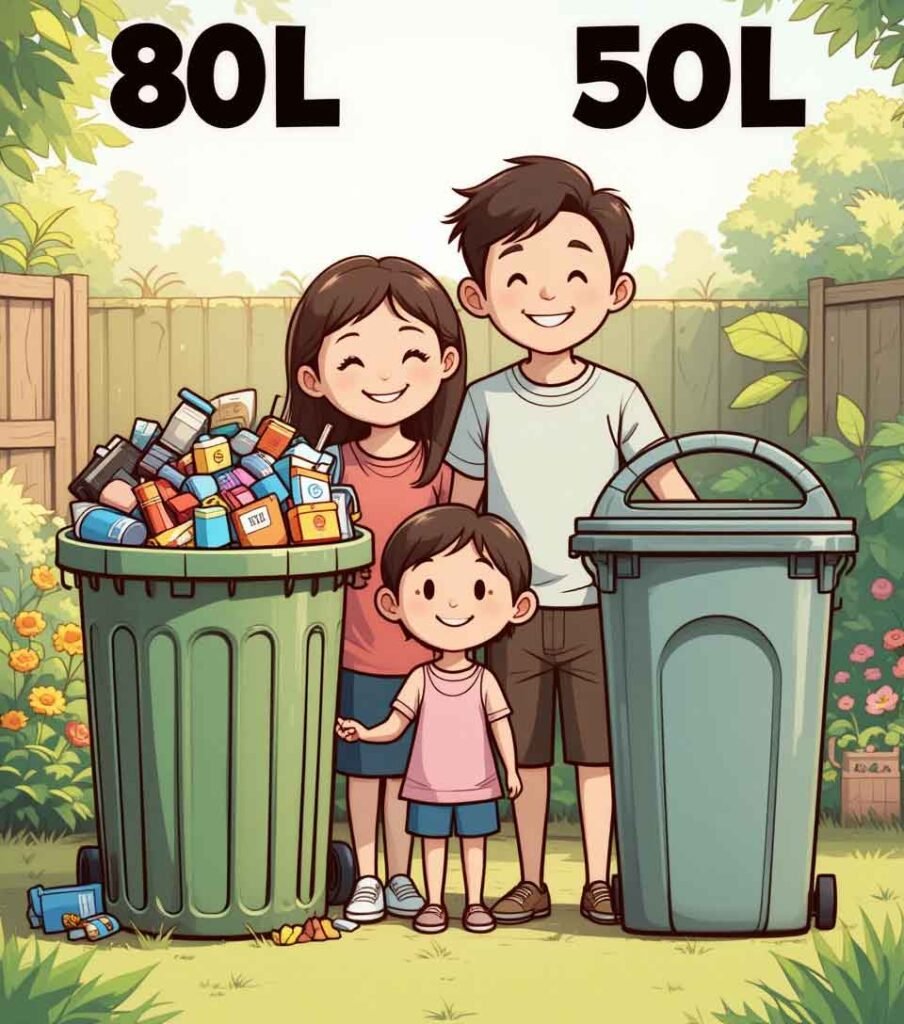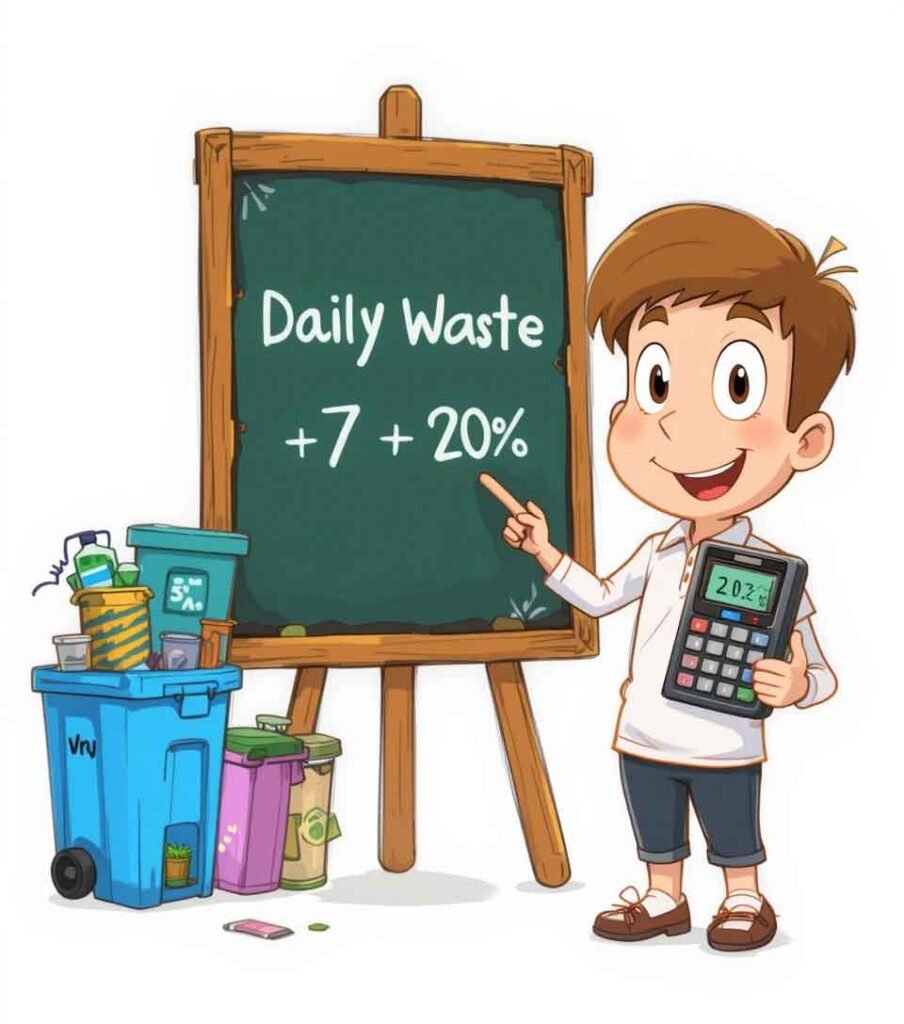Finding Best Dustbin Size for Home Your Perfect Fit
Imagine this: It’s trash day, and you’re wrestling with a bulging bin lid while a trail of coffee grounds litters the floor. Sound familiar? Choosing the wrong dustbin size isn’t just annoying—it wastes time, money, and space.

In 2025, efficient waste management is more critical than ever. With recycling innovations, composting trends, and smart home tech reshaping our habits, the right dustbin can simplify your life. This guide breaks down how to pick the perfect size and features for your home, based on:
- Family size
- Waste habits
- Available space
Let’s dive in.
Average Household Waste Statistics (2025)
By 2025, the average person generates 1.2 kg of waste daily (up from 1.1 kg in 2020), according to EPA projections. However, recycling and composting programs have diverted 45% of landfill waste, thanks to stricter policies and smarter sorting tech.
Factors Influencing Your Waste Output
Family Size: A 4-person household produces 30% more waste than a single-person home.

Lifestyle: Meal-kit subscriptions and online shopping surge packaging waste, while zero-waste diets (bulk buying, composting) cut trash by up to 50%.
Location: Urban homes recycle 2x more than rural areas due to better municipal programs.
Case Study: The Green Family’s Success
The Greens, a family of four, swapped their 80L bin for a 50L model after tracking their waste. By composting food scraps and switching to reusable packaging, they:

- Reduced weekly trash bags from 5 to 2
- Saved $240/year on liner costs
- Cut landfill contributions by 60%
Best Dustbin Size for Home: A Comprehensive
Overview

Small (Under 30L)
- Best for: Singles, studio apartments, bathrooms.
- Pros: Fits under sinks, lightweight.
- Cons: Emptied daily.
Medium (30–60L)
- Best for: Families of 2–4, kitchens.
- Pros: Handles 3–4 days of waste.
- Cons: Heavy when full; pair with compost bins.
Large (60L+)
- Best for: Big households (5+), frequent hosts.
- Pros: Weekly emptying, holds bulky items.
- Cons: Requires garage/outdoor space.
Choosing the Right Size: A Practical Guide

Step 1: Track Your Waste
Weigh trash/recycling for a week.
Note peak days (e.g., post-grocery Sundays).
Step 2: Measure Your Space
- Kitchen: Allow 10cm clearance for lids.
- Outdoor: Opt for weatherproof materials.
Step 3: Calculate Capacity
Formula:
(Daily waste × 7) + 20% buffer = Ideal size
Example: 4kg/day × 7 = 28L → 34L bin.
Beyond Size: Features to Consider in 2025
Smart Bins
- Fill-level sensors: Get phone alerts when full.
- Auto-liner dispensers: Subscribe to compostable bag deliveries.
- Voice control: “Hey Google, lock the bin!”
Materials & Durability
- Recycled plastic bins (80% post-consumer waste).
- Stainless steel for odor resistance.
Design
- Slim, touch-free bins for small kitchens.
- Camouflaged cabinets (e.g., pull-out pantry bins).
Expert Advice & Future Trends
Quote of the Year
“In 2025, bins aren’t trash cans—they’re data hubs,” says Lena Cruz, waste tech CEO. “Smart bins help cities track waste patterns and reduce emissions.”
Coming Soon
- Self-cleaning bins: UV sterilization and deodorizers.
- Biodegradable bins: Made from mycelium or algae.
Conclusion: Waste Less, Live Better
The perfect Best Dustbin Size for Home, dustbin balances capacity, space, and tech. Start by auditing your trash, measure your kitchen, and embrace features that match your lifestyle. Remember: A well-chosen bin isn’t just practical—it’s a step toward a cleaner planet.
Ready to upgrade? Share your #SmartBin2025 picks with us!


